Product Consultation
Your email address will not be published. Required fields are marked *
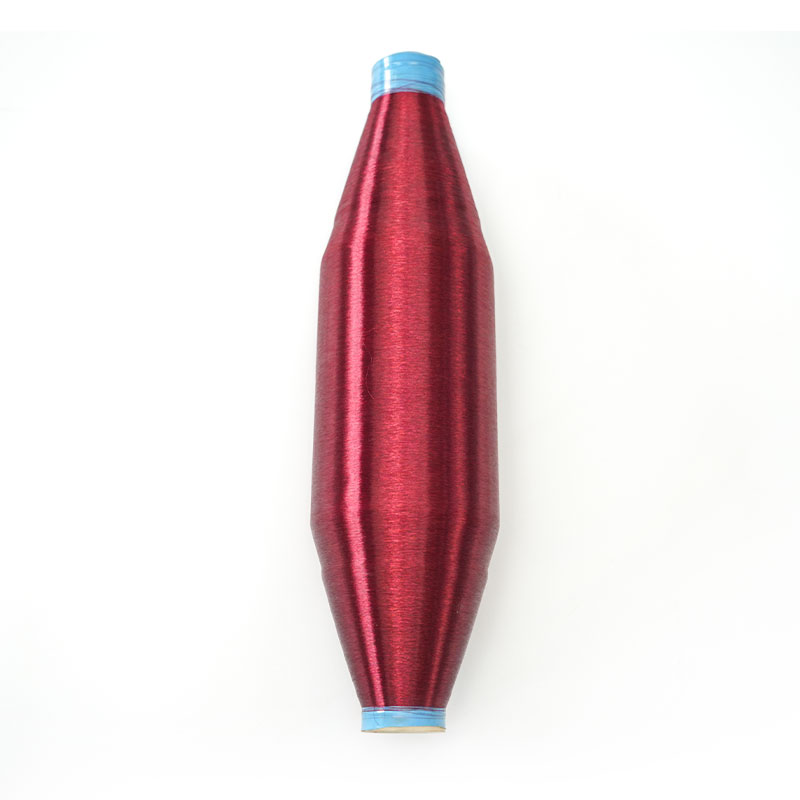
What is the lifespan or durability of nylon monofilament yarn under heavy usage or outdoor exposure?
Sep 10,2025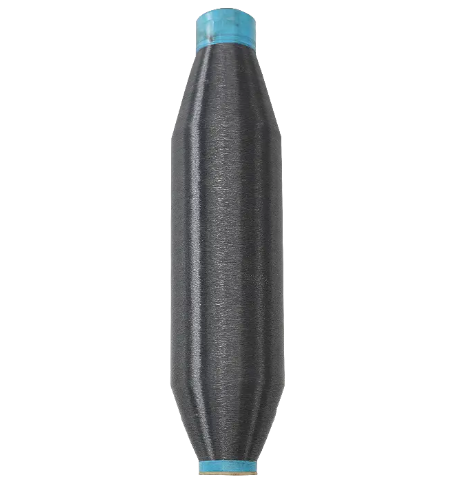
How does the diameter or thickness of the nylon monofilament yarn affect its strength, flexibility, or application?
Sep 03,2025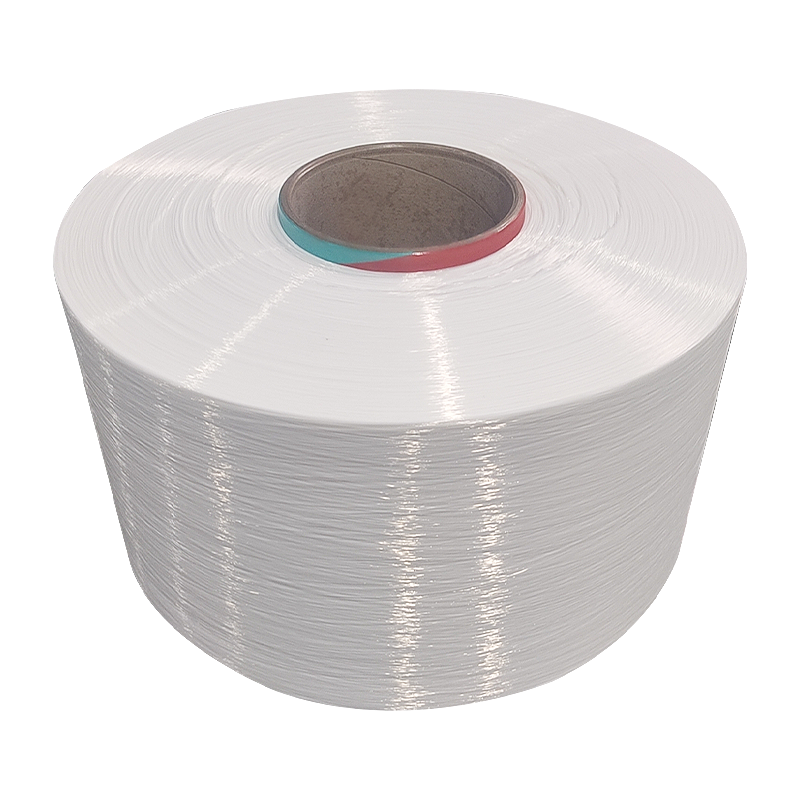
How does nylon mother yarn affect yarn strength and elasticity during production?
Aug 26,2025300D/10F Nylon Mother Yarn is a high-performance fiber widely used in the textile and industrial fields, and is favored for its strength, wear resistance and elasticity. One of the key links in the production process of 300D/10F nylon mother yarn is polymerization and spinning, which is an important step in determining the quality and performance of nylon mother yarn. The following will introduce in detail the working principle and process flow of polymerization and spinning in the production process of 300D/10F nylon mother yarn.
1. Polymerization process of nylon
The production of nylon mother yarn first requires the generation of nylon polymers through chemical reactions, a process called polymerization reaction. The main component of nylon is polyamide, and the common types of 300D/10F nylon mother yarn are nylon 6 and nylon 66. In its production process, the most core step is to generate long-chain polymers through ring-opening polymerization or polycondensation of monomers such as caprolactam.
The first step in the polymerization process is to prepare the raw materials. For nylon 6, the main raw material is caprolactam, while nylon 66 is made of adipic acid and hexamethylenediamine as the main monomers. The raw materials need to be strictly purified to ensure the purity during the reaction. The purified monomers are added to the reactor and chemically reacted at appropriate temperature and pressure.
In the reactor, caprolactam or other monomers undergo ring-opening polymerization at a certain temperature (about 250°C) to form long-chain polymers. During the reaction, the monomers react to form repeated amide bonds to generate nylon long-chain molecules. These polymer molecules have a high molecular weight and are the basis of the final fiber.
For nylon 66, the polymerization reaction is carried out by heating hexamethylenediamine and adipic acid to undergo condensation reaction, and water is discharged as a by-product. The final nylon polymer has very strong chemical stability and mechanical properties.
After the polymerization reaction is completed, the generated molten nylon polymer is extruded into strips and cut into small granular nylon slices after cooling. After the slices are dried, they are used as raw materials for spinning. These slices will be heated and melted in the subsequent spinning process to form fibers.
2. Spinning process
After the polymerization is completed and nylon chips are obtained, the next step in producing 300D/10F nylon mother yarn is spinning. Spinning is the process of converting polymers from solid state to fiber form, and it is also a key link in determining the physical properties of fibers.
The dried nylon chips are fed into the heating zone in the spinning machine, and the chips are melted by heating to a temperature of about 260°C to form a uniform melt. The uniformity and stability of the melt directly affect the quality of the fiber during the spinning process, so the melting process needs to be precisely controlled.
The molten nylon polymer is extruded through the spinneret of the spinning machine. There are many tiny holes on the spinneret, and the melt is extruded from these holes to form slender filamentary fibers. The diameter and number of these holes determine the thickness of the fiber and the composition of the fiber bundle. For example, "10F" means that the mother yarn is composed of 10 single fibers, which determines the fineness of the fiber.
The extruded fiber is stretched for a specific length before cooling. The stretching process is a key step in the spinning process. The molecular arrangement structure of the fiber is adjusted by controlling the stretching ratio to enhance the strength and elasticity of the fiber. The stretched fiber is cooled and shaped to ensure the stability of the fiber after stretching. Temperature control during stretching and shaping is very important and affects the crystallinity and final physical properties of the fiber.
After stretching and shaping, the fiber is rolled up to form a filament roll. These filament rolls will be twisted, heat treated or other surface treated as needed to further enhance the durability, tensile resistance and gloss of the fiber.
3. Precise control of the spinning process
Precise control of the spinning process is crucial to the quality of 300D/10F nylon mother yarn. The following are several important control points.
Temperature control: From melting to extrusion to cooling, precise control of temperature directly affects the uniformity and performance of the fiber. If the temperature is not properly controlled, it may cause a decrease in fiber strength or defects on the surface.
Stretch ratio and speed: The force applied during the stretching process and the control of the stretching speed determine the molecular orientation of the fiber, which is related to the elasticity, strength and durability of the fiber.
Cooling rate: The cooling rate after spinning affects the crystallinity of the fiber, which in turn affects its physical properties. Slower cooling rates help the fiber crystallize, thereby increasing its mechanical strength.
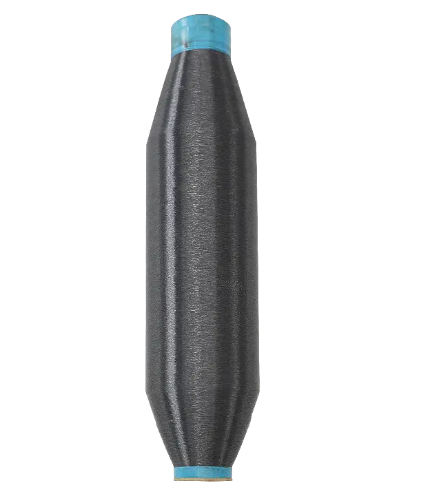
How Biodegradable Yarn Degrades After Disposal
2024-09-09
What factors affect the wear resistance of Nylon High Elastic Yarn?
2024-09-23Your email address will not be published. Required fields are marked *
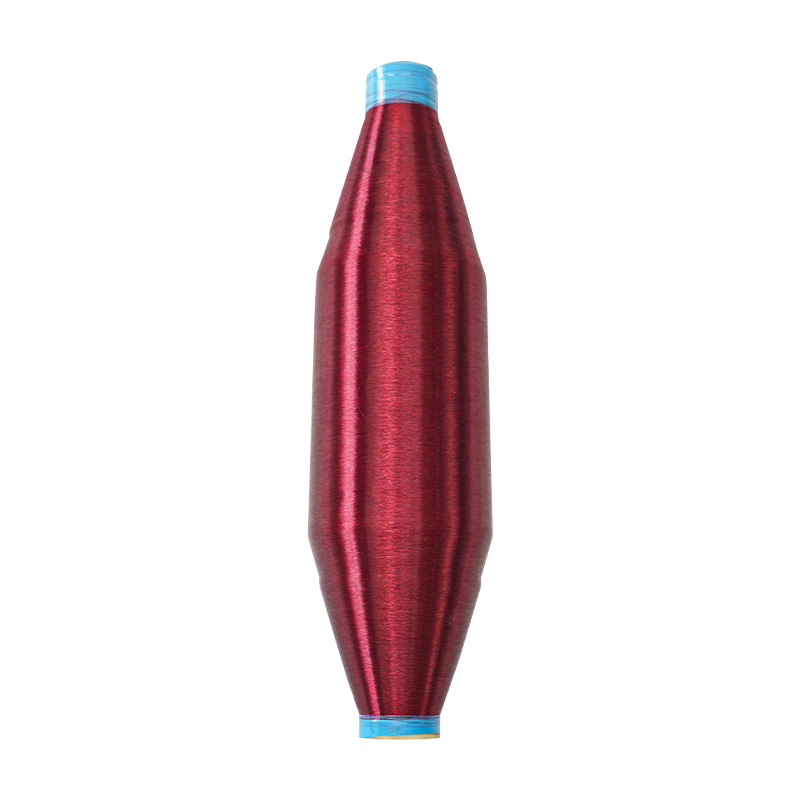
Biodegradable nylon yarn biodegrades faster in the environment than traditional synthetic fibers, helping to reduce negative environmental impacts. It also has the properties of nylon fiber, such as h...
See Details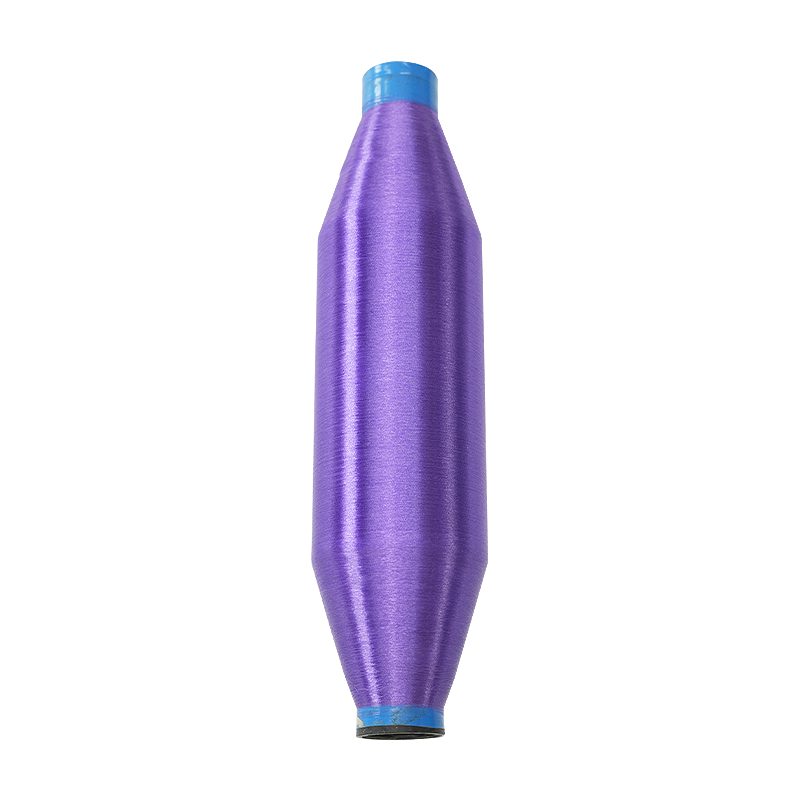
Single Strand Biodegradable Yarn is a single-strand structure, consisting of a single fiber bundle with no multiple strands tangled together. This structure makes the yarn softer, and smoother and exh...
See Details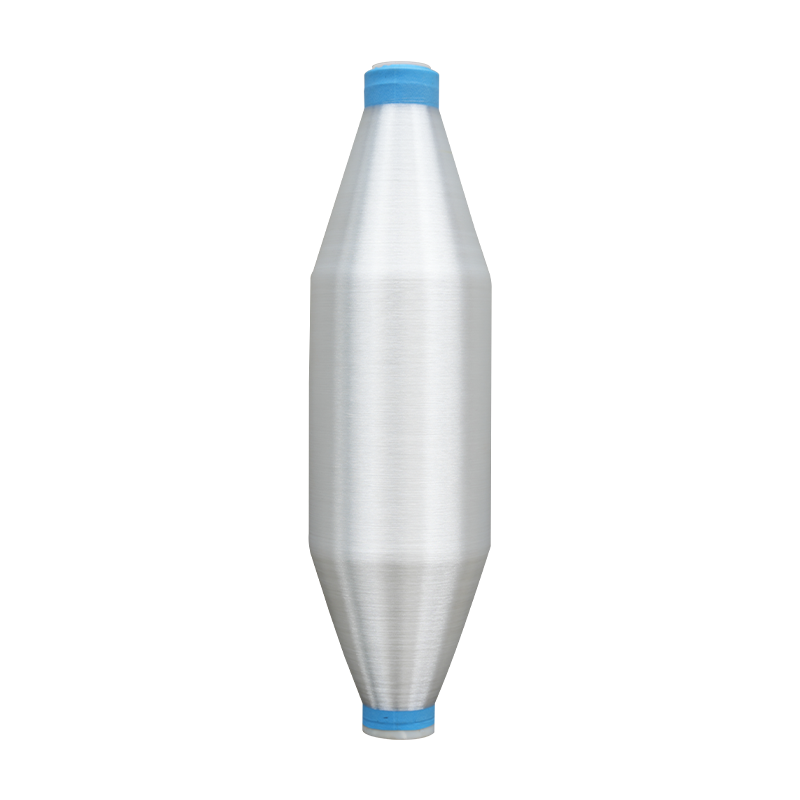
60D woven Antiviral Yarn is thin overall and suitable for making light and soft textiles. Nylon fiber has a soft feel and good breathability. This yarn is usually used to weave fabrics and can be made...
See Details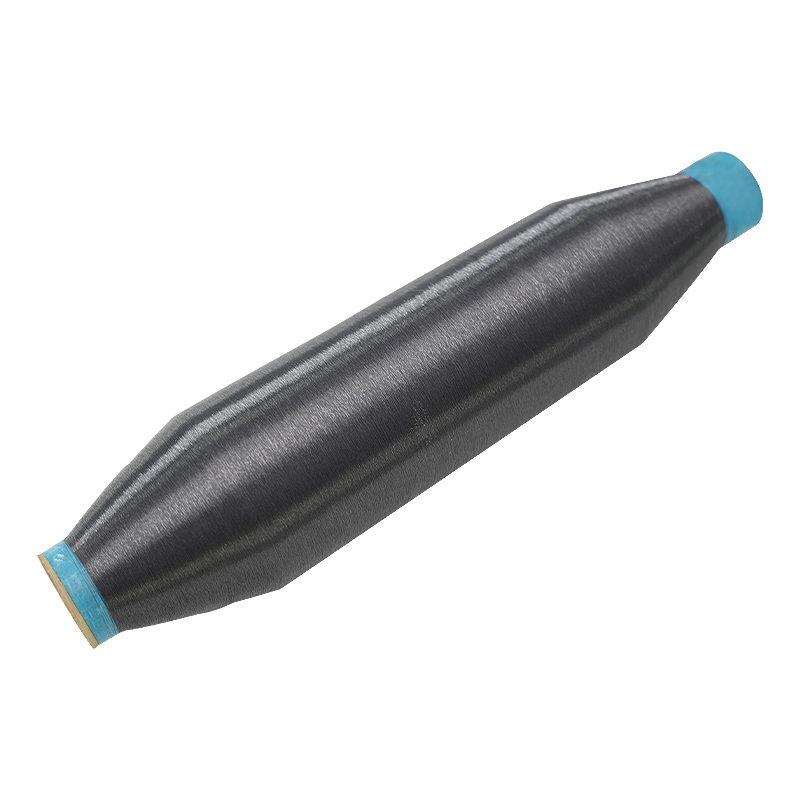
Elastic high-performance polyamide multifilament refers to a synthetic fiber made from polyamide polymer (commonly known as nylon). Resilient and high-performance properties make it suitable for a var...
See Details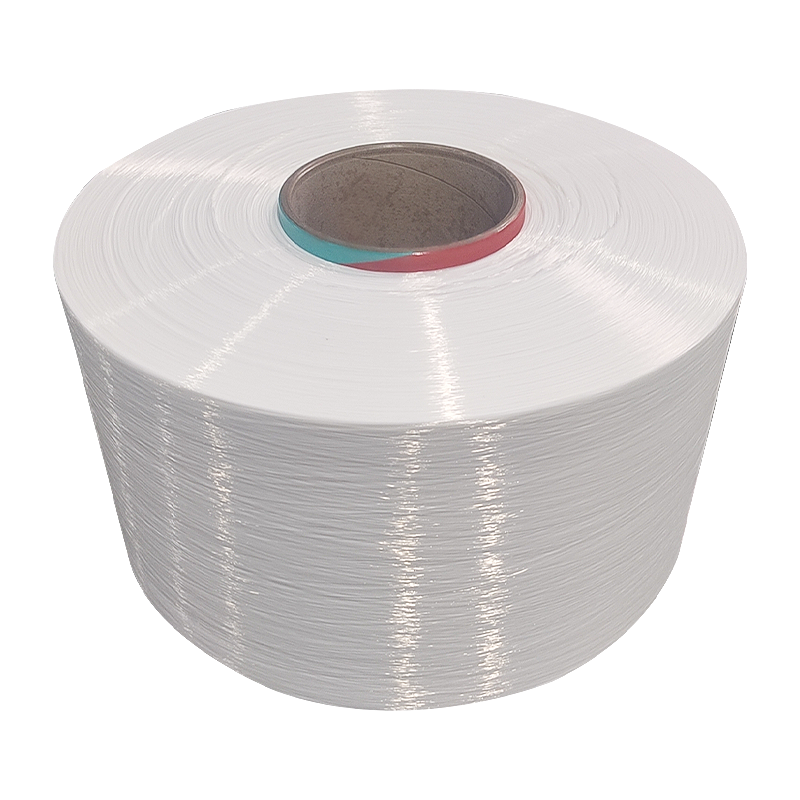
300D Nylon Mother Yarn is made of nylon material, a synthetic fiber with abrasion resistance, strength and durability. It is therefore suitable for manufacturing various types of textiles, such as clo...
See Details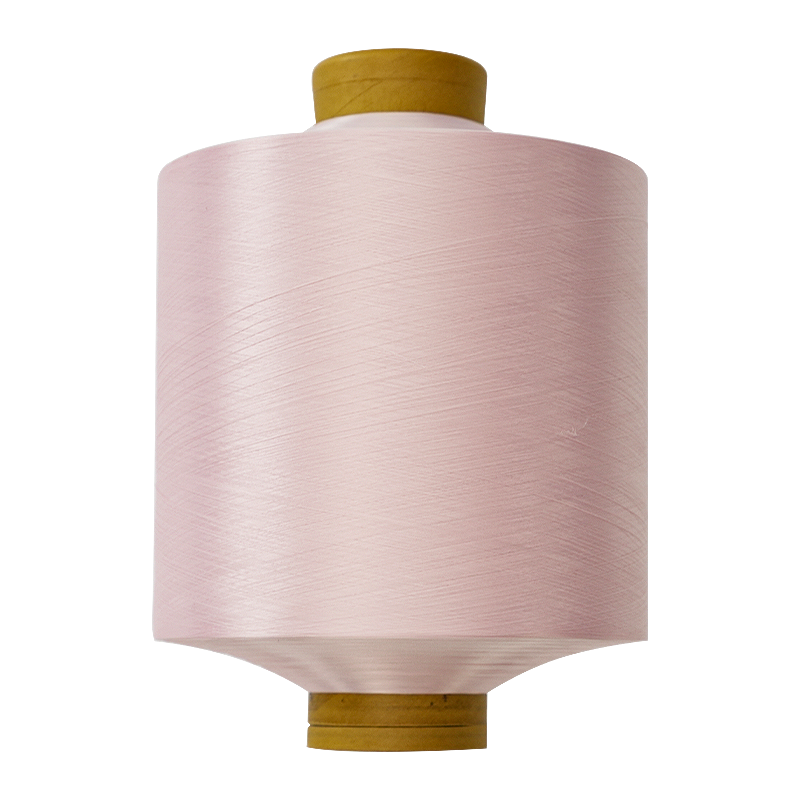
Nylon Elastic Yarn has elasticity and can quickly return to its original shape after stretching. This high elasticity makes the fabrics stretchable and comfortable. Nylon material has good wear resist...
See Details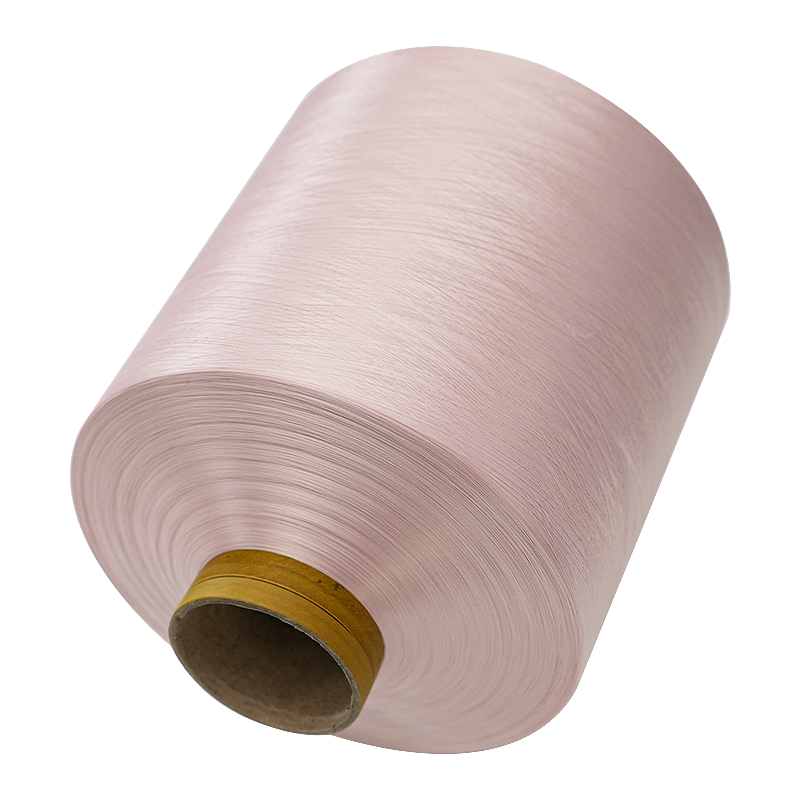
Double-strand nylon elastic yarn is a composite yarn composed of two strands of yarn. It has high strength, maintains stable performance even in a stretched state, and is not easy to break or deform. ...
See Details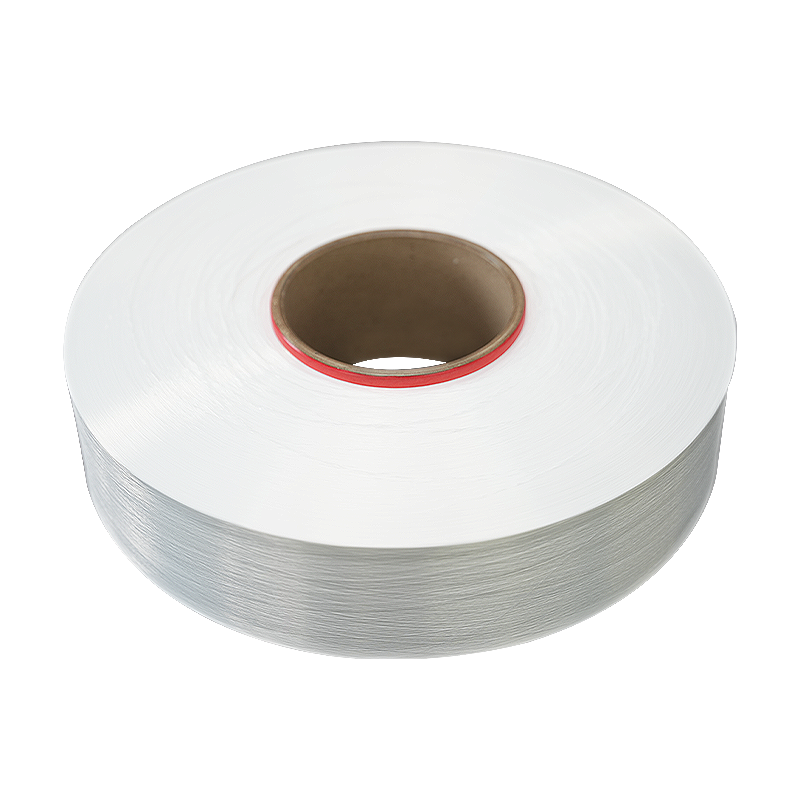
Polyester blended FDY yarn is a standard 50D yarn made from a blend of polyester and nylon. It combines the characteristics of both fibers and has durability and breathability. It has a wide range of ...
See Details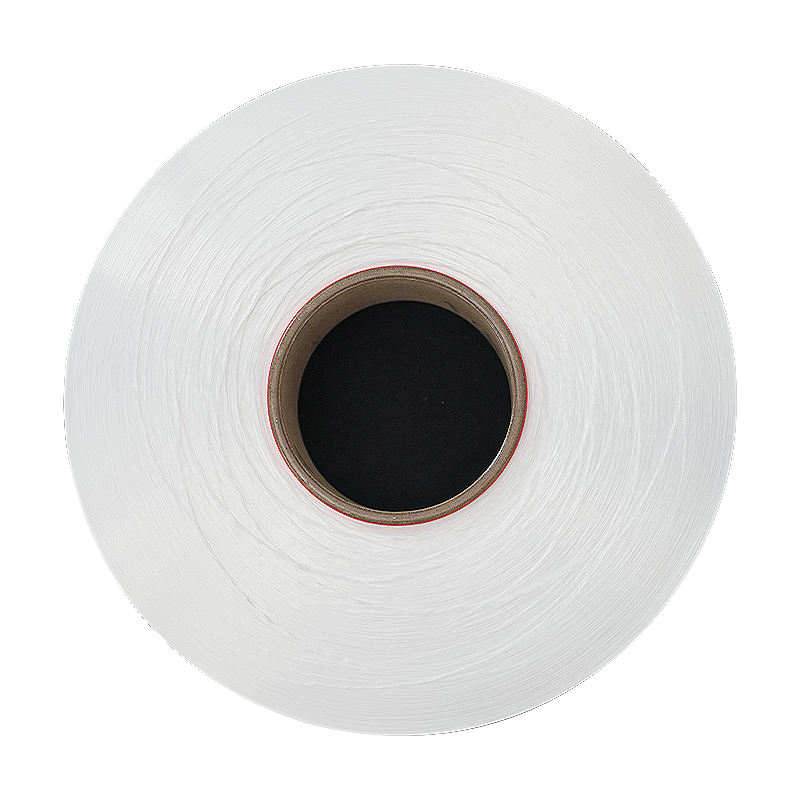
Fully stretched polyester blended yarn is made of a blend of polyester and nylon. Polyester itself has good wear resistance. After full stretch processing, the strength and softness of the yarn increa...
See Details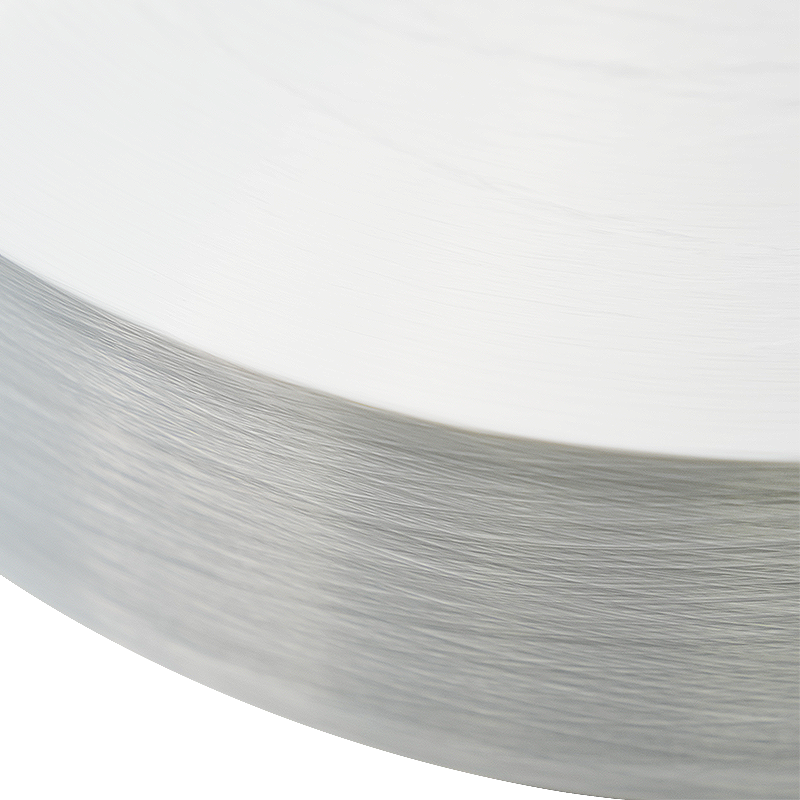
Cooling brushed durable FDY yarn has high durability and is suitable for manufacturing textiles that require wear resistance and durability. It is not easy to wear out after long-term use. Textiles of...
See Details
Composite woven FDY yarn mixes different types of fibers and has good wear resistance. The fabric made is not easy to wear and is suitable for long-term use. Composite woven FDY yarn has a wide range ...
See Details
Water-repellent high Filament spun yarn has strong water resistance, providing an extremely delicate touch while retaining strength. Suitable for a wide range of applications from intricate embroidery...
See DetailsAddress: Duntou industrial park, haian county, nantong city,jiangsu province ,China.
TEL: +86 15850491859
E-mail: sales-betty@hsnylon.com
If You Are Interested In Our Products, Please Consult Us